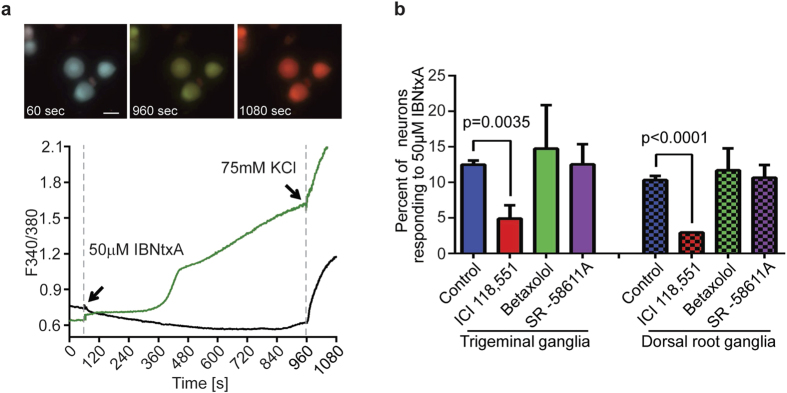Figure 3. Ca2+ response to IBNtxA in mouse ganglia neurons is dependent on β2-adrenergic receptor activity.
(a) Representative time-lapse photos of dissociated mouse dorsal root ganglia at baseline (60 sec), responding to 50 μM IBNtxA (960 sec), and responding to 75 mM KCl (1080 sec). Scale bar = 20 μm. The graph represents 340 nm/380 nm ratio over the experimental time course. The neurons display a stable baseline during the first minute while perfused with HBSS buffer. 50 μM IBNtxA and 75 mM KCl are added at the indicated times. Only neurons with a positive KCl response are included in the analysis. (b) The bar graph shows the proportion of neurons with a positive response to 50 μM IBNtxA in the presence of the indicated selective antagonist. For both trigeminal neurons and dorsal root neurons, pre-treatment (3 min) with the selective β2-adrenergic receptor antagonist, 0.3 μM ICI 118,551, significantly inhibits the Ca2+ response to IBNtxA. Pre-treatment with the β1-AR selective antagonist, 0.3 μM betaxolol, and the β3-AR selective antagonist, 0.1 μM SR-58611A, does not significantly affect the Ca2+ response to IBNtxA (Student’s t-test, p-values as indicated).

